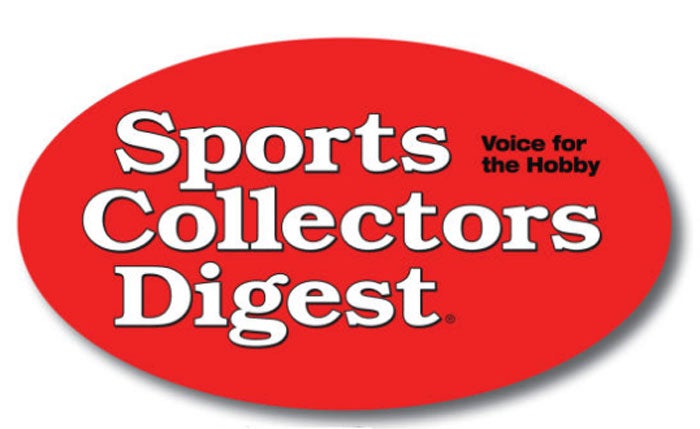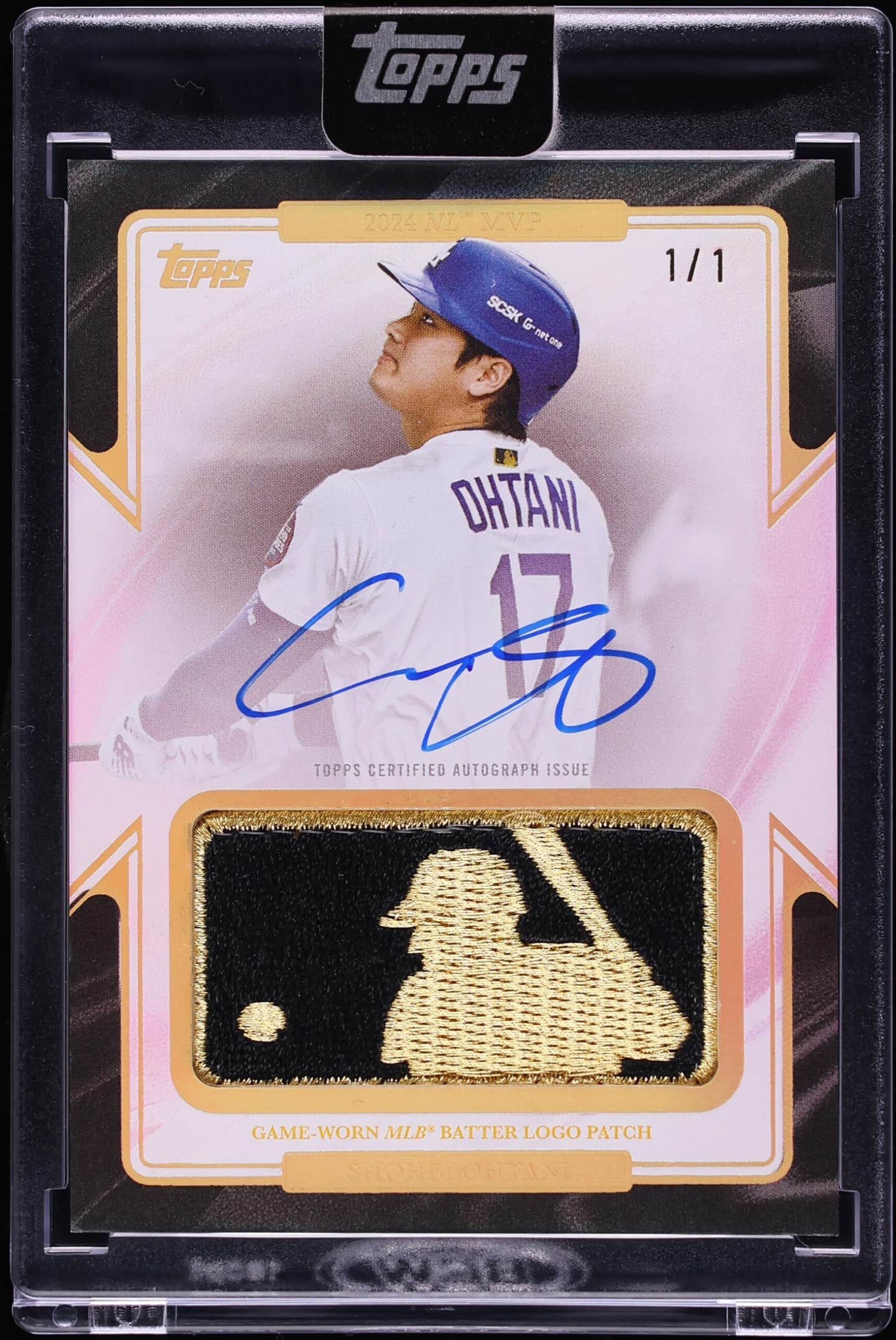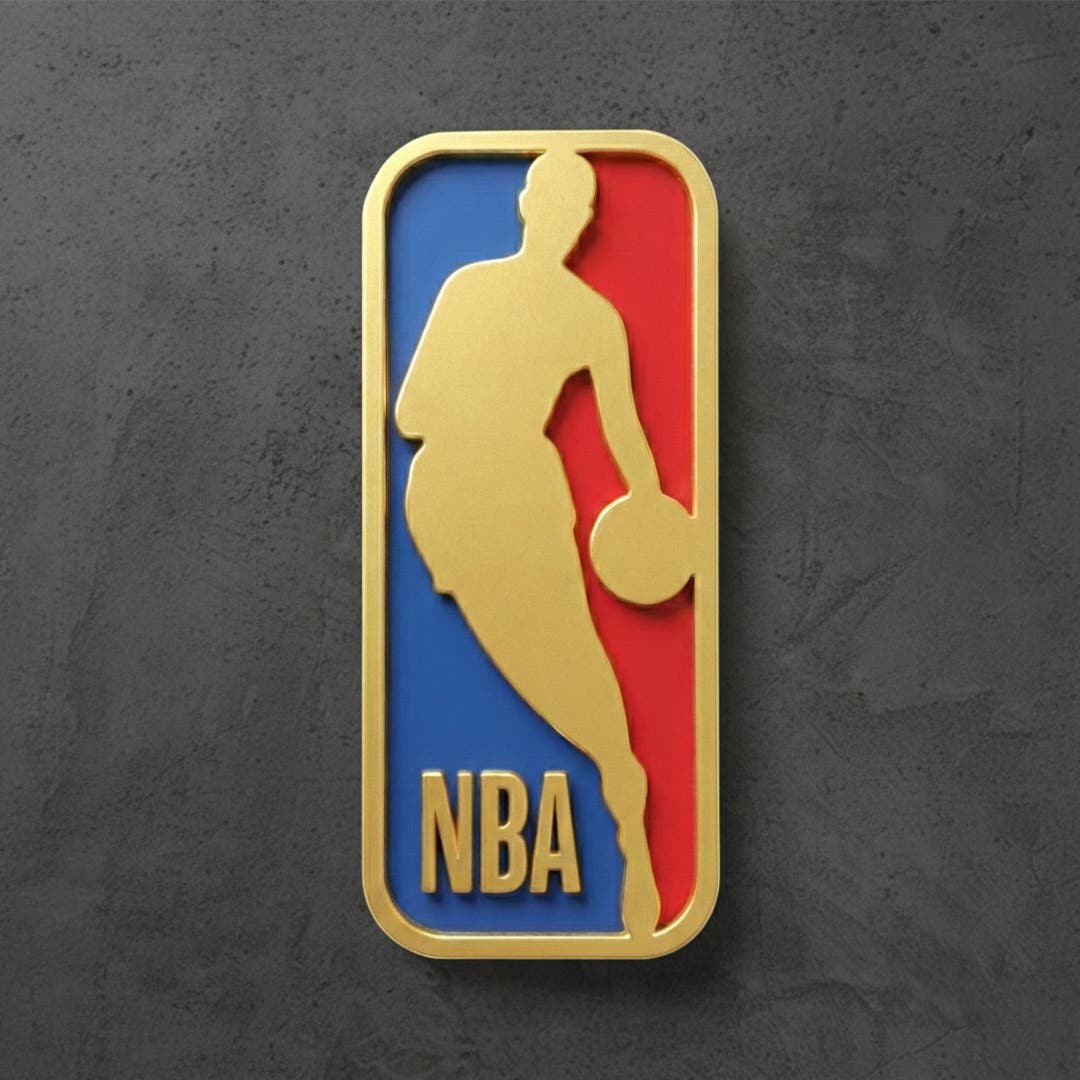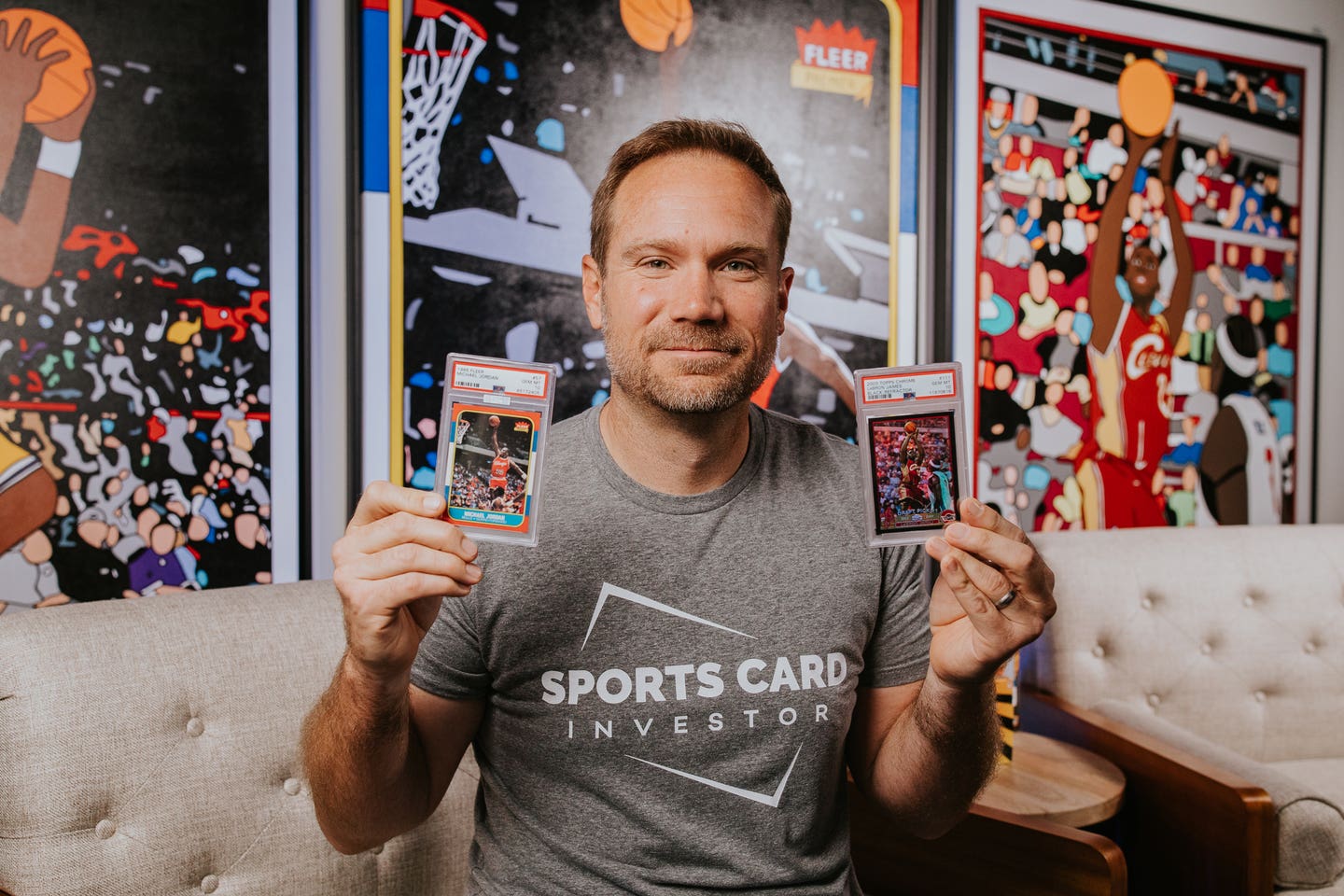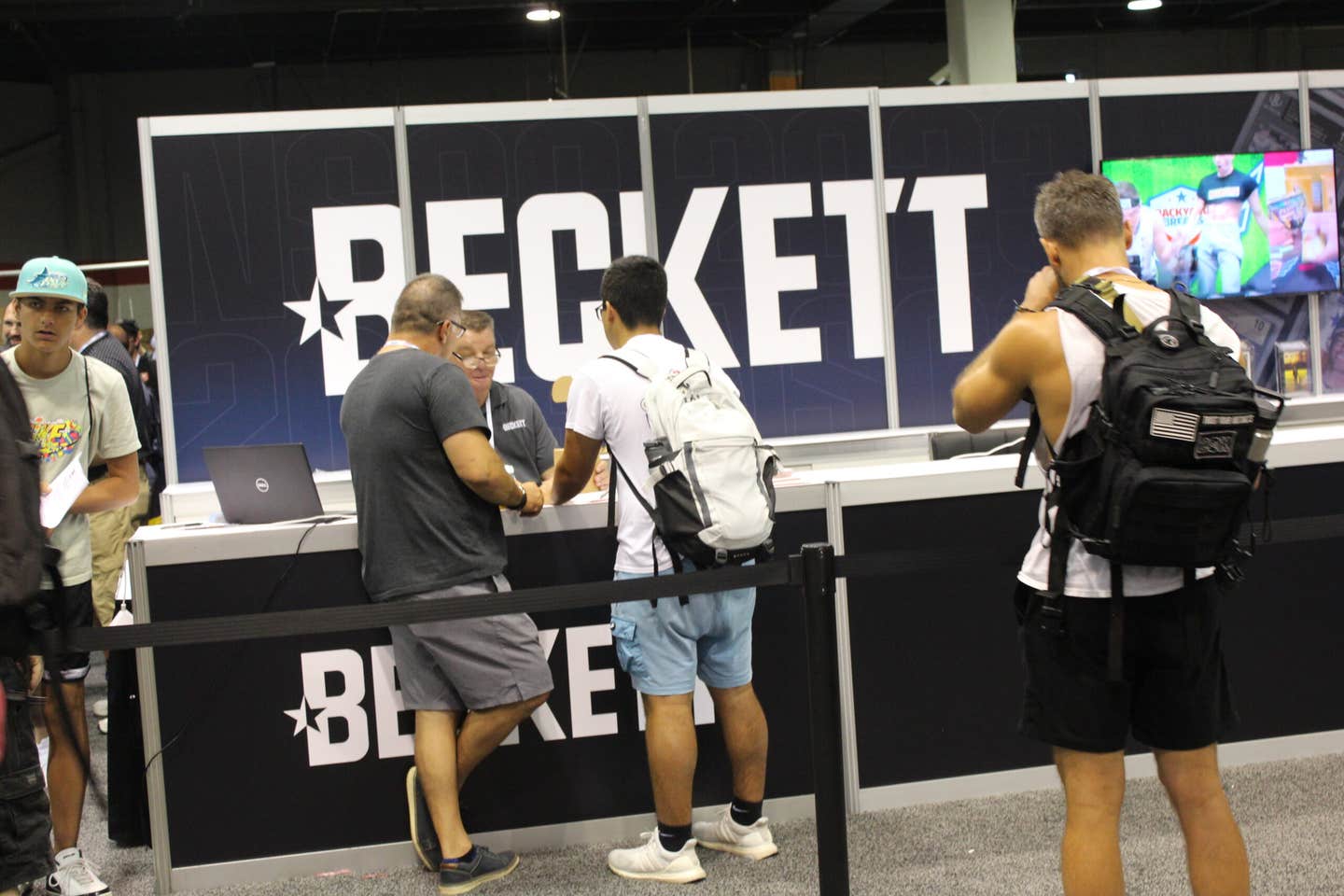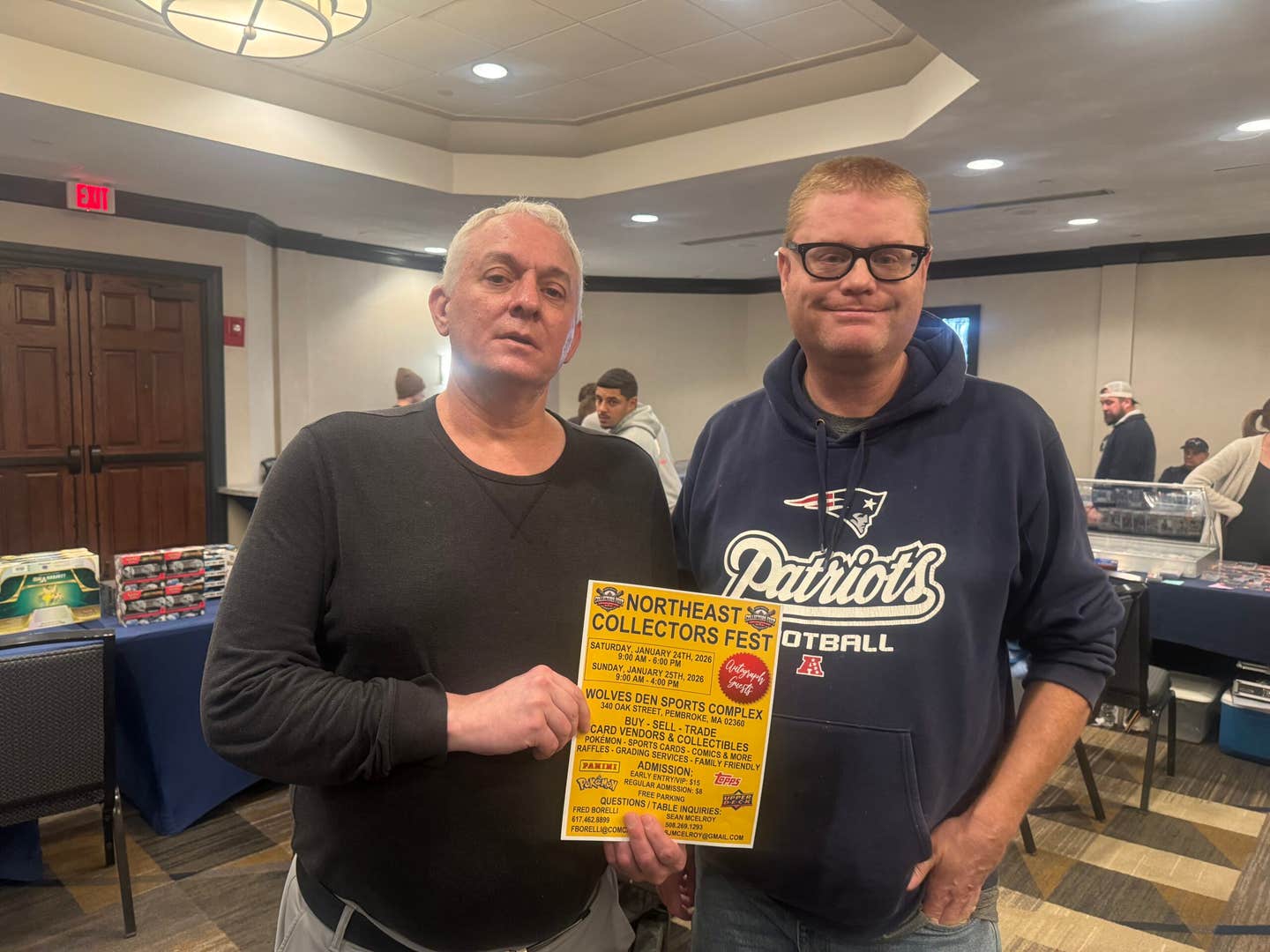Artwork
DOUBLE DIP: MLB once played two All-Star Games each summer, leaving behind some memorable collectibles
With the Atlanta Braves hosting this year’s MLB All-Star Game July 15 at Truist Park, the team will certainly make time to once again honor a player who contributed a great deal to that organization’s history: Hall of Famer Hank Aaron (1934-2021).
Aaron played the bulk of his legendary career with the Braves, first in Milwaukee and then Atlanta, and left a legacy of productivity and class both on and off the field.
The slugging outfielder who broke Babe Ruth’s career home run mark in 1974 still owns the record with 25 MLB All-Star Game selections over his 23-year career.
How did Aaron earn more All-Star Game selections than years played in his storied career? He made the All-Star team in almost all of his big-league seasons and from 1959-62 he was selected for two National League All-Star rosters each season when MLB played a pair of mid-summer classics each year.
The second All-Star game in those four seasons came about due to an effort led by future Hall of Fame pitcher Robin Roberts, a Philadelphia Phillies ace at the time, with the goal of having a huge chunk of the second game receipts go toward the player pension fund.
You Also Might Like:
Here is a snapshot of those eight All-Star games and some collectibles related to those historic exhibitions:
1959 Game #1 (July 7), Forbes Field, Pittsburgh
The NL won 5-4 as Aaron and Willie Mays highlight the National League outfield. Ernie Banks, the season’s eventual NL MVP, started at shortstop. Banks was known to often say, “Let’s play two,” and under the All-Star format for this era that applied even more.
• Pennant (EX) $300-$350
• Program (EX) $55
• Ticket stub (PSA 4) $200
• Ticket stub (raw, VG) $100
1959 Game #2 (Aug. 3), Los Angeles Memorial Coliseum
The AL won 5-3 as the first Midsummer Classic on the West Coast featured five home runs. With just over 55,000 in attendance, this All-Star contest would prove to be the biggest crowd to see one of these battles in person during this four-year experimental phase of the All-Star Game.
The AL starting outfield: Ted Williams, Mickey Mantle and Mantle’s Yankee teammate the next season—Roger Maris of the Kansas City Athletics.
• Press pin (EX) $100
• Program (EX+) $30
• Ticket stub (Raw, EX) $200
1960 Game #1 (July 11), Municipal Stadium, Kansas City, Mo.
The NL won 5-3 and scored all their runs in the first three innings to notch the victory. The Senior Circuit starters included future Hall of Famers Aaron, Banks, Mays, Eddie Mathews, and Bill Mazeroski. The AL starting lineup included four Yankees: Berra, Mantle, Maris, and Bill “Moose” Skowron.
• Program (VG-EX) $59
• Ticket stub (PSA 5 MK) $163
1960 Game #2 (July 13), Yankee Stadium
The NL won 6-0 as many of the same future Cooperstown inductees that started the first game did the same in this contest as well. This exhibition marked the 19th and final All-Star Game appearance for Boston Red Sox legend Ted Williams.
The program’s cover features a detailed illustration of a Milwaukee Braves player sliding into home plate as a New York catcher looks to make the tag at Yankee Stadium.
• Program (VG) $50
• Ticket stub (PSA 1.5) $200
• UPI photo with NL players Mays, Mathews and Stan Musial (Raw, EX+) $165
1961 Game #1 (July 11), Candlestick Park, San Francisco
The NL won 5-4 with a late comeback. The AL scored two runs in the ninth inning to tie the score at 3, but the NL scored two in the bottom of the 10th.
This game marked the first All-Star start for Pirates outfield legend Roberto Clemente. Some fans first recall the contest as the one where San Francisco reliever Stu Miller was charged with a balk call after a gust of wind caused him to sway during one of his pitching moments. One newspaper sports section included a banner headline with the mishap’s exaggerated recap: “Miller Blown Off Mound.”
A stylish illustration of Mays—who else?—about to swing at a pitch adorns the program’s front cover for his ninth of 23 All-Star Game appearances. As Ted Williams once famously said, “They invented the All-Star Game for Willie Mays.”
• Press pin (VG-EX) $102
• Program (EX) $200-$250
• Ticket stub (Beckett VG-EX 4) $136
1961 Game #2 (July 31), Fenway Park, Boston
The second game in 1961 was the first MLB All-Star Game to end in a tie (1-1 after nine innings) due to rain. The AL got off to a good start with a first inning homer from Tigers’ outfielder Rocky Colavito. Beyond that it was mainly a pitcher’s duel.
• Pennant (EX) $300-$325
• Program (VG) $50
• Detroit Free Press sports section highlighting Colavito’s HR (EX) $10
1962 Game #1 (July 10), Washington D.C. Stadium
The NL won 3-1 as this game took place in the first year use of the stadium for the AL’s Washington Senators. President John F. Kennedy threw out the ceremonial first pitch.
The NL racked up another win as the Dodgers’ Maury Wills put on a base-running clinic and Clemente collected three hits.
• Program (EX) $100-$175
• Program and ticket stub combo (Raw, Good) $120
• Ticket stub (Raw, EX) $200
1962 Game #2 (July 30), Wrigley Field, Chicago
The AL won 9-4, snapping a five-game slump as the Junior Circuit scored more runs than in their previous four All-Star Games combined. Leading the charge with home runs: Pete Runnels (Red Sox), Leon Wagner (Los Angeles Angels) and Colavito (Tigers).
• Program (Raw, EX+) $56
• Ticket stub (Raw, EX) $150
A LITTLE EXTRA
In addition to programs, ticket stubs, press pins and the like from the actual 1959-62 MLB All-Star games, a couple of readily available oddball options also exist, both with a common thread.
In 1974 the Laughlin All-Star Games set featured cartoon drawings by artist R.G. Laughlin on the front spotlighting each Midsummer Classic; backs come with line scores and a highlight or two. Recent online sales include: Reggie Jackson 1971 ASG (PSA 7) $36; Hank Aaron 1972 ASG (PSA 8) $87.
In 1981 cards with Laughlin illustrations of All-Star play adorn the backs and a team-related sticker appears on the fronts. There is a card for each All-Star year in this collection, with the 1959-62 matchups shown referencing both games.
Expect two options of a team sticker for each year in the 1981 offering. For instance, the 1962 All-Star games come with sticker fronts of the Texas Rangers and Milwaukee Brewers. These often sell for a dollar or two, at most, in raw or higher condition.
MANY WINNERS
With the ripple effect of scheduling the two games—as well as impact on pennant races and pitching rotations—combined with the waning novelty of the double dose of All-Stars in one summer on players and fans in general, MLB trimmed back the star-studded exhibitions to one game again starting in 1963.
Yet in several ways the four-year experiment achieved its overall goal as many former ballplayers and their widows received retirement money at a time when salaries and endorsement proceeds for virtually all professional athletes reached bunt-single status, especially compared to the home run levels for succeeding generations.
The 1959-62 Midsummer games were an All-Star effort in many respects, regardless of which league you rooted for.
— Doug Koztoski is a frequent SCD contributor. He can be reached at dkoz3000@gmail.com. Special thanks to all collectors and dealers for permission to use their photos.

